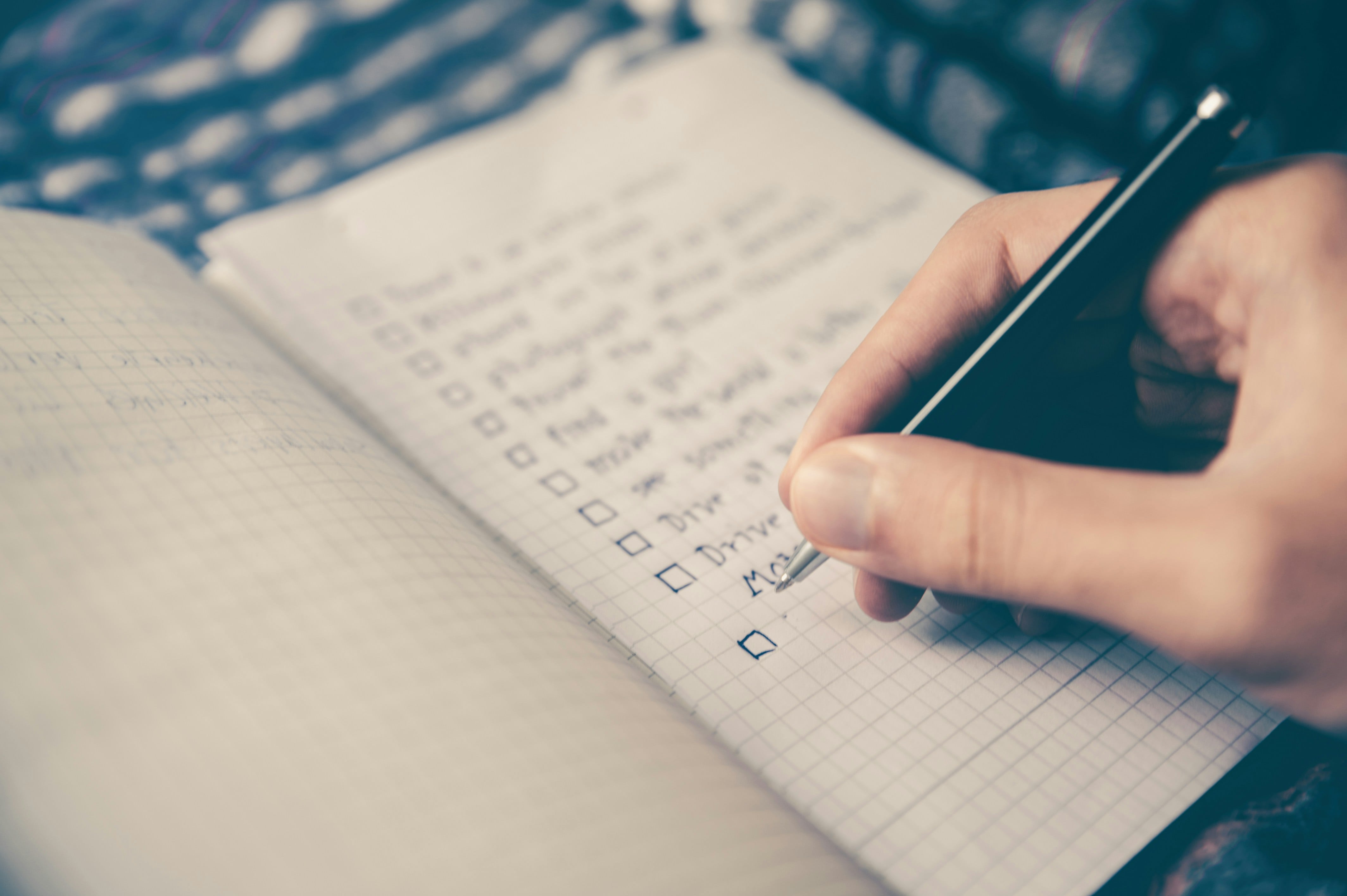Published on: 15 September 2023
One of the key steps to organising an indoor event involves recognising, evaluating and mitigating the risks and hazards that could derail your well-laid plans. This is why conducting a thorough risk assessment is not just a regulatory hoop to jump through; it's essential for ensuring that your event is safe for staff and attendees alike. This guide will walk you through the critical steps for assessing risks effectively, so you can rest assured that your attendees can enjoy the event in a safe and secure environment.
What is an indoor event risk assessment?
A risk assessment is a systematic process designed to identify potential hazards that could cause harm or loss during an indoor event. It determines the severity and likelihood of these hazards occurring and then advises on control measures to minimise the risks.
The objective is to create a safer environment for everyone involved, including employees, volunteers, attendees and members of the public.
How to conduct an indoor event risk assessment
Below are seven key steps to guide you through the risk assessment process for an indoor event:
1. Identify the activities
If your indoor event has multiple attractions or activities, such as a food fair followed by a music performance, then each activity must have its own risk assessment. Make a comprehensive list of all activities taking place.
2. Identify the hazards
Go through each activity and pinpoint the potential hazards associated with it. A hazard is anything that could cause injury, damage or loss, such as wet floors, loose cables, overcrowded areas or food contamination.
3. Identify who could be harmed and how
Next, you need to establish who might be at risk due to these hazards. Is it the participants, the staff or perhaps the vendors? And how would they be harmed? For example, attendees could slip on a wet floor, or food consumed during the event could lead to an allergic reaction or food poisoning.
4. Assess the risks and decide on control measures
After identifying the hazards and who could be harmed, evaluate the level of risk involved. This is generally a combination of the likelihood of the hazard occurring and the severity of the consequences. Then, determine what safety measures can be implemented to mitigate these risks.
Remember, regulations require you to do everything ‘reasonably practicable’ to protect people at your indoor event. This could include setting up warning signs, using non-slip mats or hiring security personnel.
5. Document everything
Make sure you document every part of your risk assessment. This will then form part of your event safety management plan and can be crucial in the event of incidents or disputes. HSE has some useful risk assessment examples and templates available to download or your organisation may already have its own templates.
6. Review contractor risk assessments
If contractors or freelancers are involved in any aspect of your event, ensure that they also conduct and provide you with their own risk assessments. This is especially important for elements such as stage and structure setups, electrical installations or catering services.
7. Monitor and review risks
Events rarely go exactly as planned, however much prep work you put into them. As your event unfolds, you will most likely discover that adjustments are needed. Your risk assessments should be live documents that are reviewed and updated as conditions change. This is important both before the event starts and as it’s happening.
Who can conduct a risk assessment?
Carrying out a risk assessment doesn't require specialised health and safety expertise; in fact any competent person with relevant knowledge, experience and skills can conduct one.
If your indoor event is workplace-related, you may also find it beneficial to consult Section 3 of The Management of Health and Safety at Work Regulations 1999 for additional guidelines.
Do you need insurance for your indoor event?
Even with a thorough risk assessment, things can still go wrong on the day. Accidents can happen, and you could be held responsible for any injury or damage caused by your event. That’s why you should consider taking out public liability insurance to protect yourself from the financial and legal consequences of such claims.
Public liability insurance can cover the costs of compensation and legal fees if someone makes a claim against you, protecting you in the event of:
- Accidental bodily injury to a member of the public
- Accidental death of a member of the public
- Accidental damage to third-party property
- Accidental loss to third-party property
Whether you’re organising a one-off event or multiple events, our expert team of specialist advisors can help find the right public liability policy for you. Contact Event Insurance Services today for a quote.
Have we got you thinking about event insurance?
22,435
Trees planted
so far.
ONE TREE PLANTED FOR EVERY POLICY PURCHASED
Award winning event insurance














